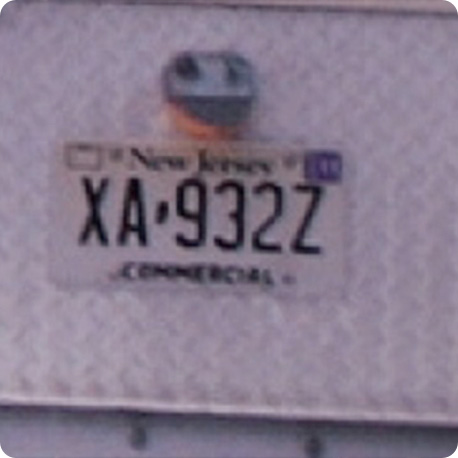


The best choice is the cable. We do not recommend using IP cameras with WiFi.
These cameras use a weak WiFi-module, which leads to failures when transmitting 1080p video through the walls.
As a rule, WiFi-access points are not able to work with three or more IP-cameras, since the signal to the camera can go well, but not back.
If you need to connect the camera wirelessly, we recommend using wired cameras with optional equipment such as Ubiquiti.
Learn more at Selection of equipment for system


Example 1: when a viewing angle is 86° and a focal length is 2.8 mm, the camera will have a one meter blind area, and objects at a distance of 30 meters will be virtually invisible.
Example 2: With a viewing angle of 17° and a focal point of 16 mm, the camera will have a blind area of 30 meters, but objects 30 meters from the camera will be clearly visible.

There are two types of night lights: white light and infrared rays. White light is a built-in flashlight or a remote searchlight. White light is used to illuminate large areas at night and can be connected to a camera motion detector.
Infrared rays are not visible to the human eye, but have a number of drawbacks: they work only in black and white mode, the clarity of the picture is noticeably worse at night, the viewing angle is limited to ~ 50°; Range depends on the strength of the LEDs, but always less than during the day, with rainfall visibility zero.
Despite the shortcomings, we recommend using IR-illumination, but it's worth to be ready, to the nuance of this technology.

Microphones for the camera can be integrated and outside. As rule, built-in microphones work well in small rooms, but outside need to be selected by professionals.
When you choosing a camera, try to listen recorded sound, because manufacturers often save on the quality of the microphone.
Note the audio codec, the best options are: AAC, MP2 or MP3.


The higher the video quality, the higher the detail of the image when zoomed. We recommend using 1080p cameras. Typically, they are sufficient for most purposes.
4K cameras have a high-definition, but require high-speed Internet connection and a large capacity hard drives.





WDR is like a sunglasses for a camera. This technology allows you to get high quality images, when the sun hits the lens. The lack of WDR results in loss of image quality when installed near the light source.


PoE is a technology for transmitting digital data and power over a single cable. It allows you to connect video surveillance cameras without power 220V.
This technology should be supported by the camera and the switch. When choosing components, it is necessary to calculate the power that the cameras will consume and compare it with the switch's capability.
Learn more at Selection of equipment for system

The difference between an analog and a digital camera lies in their architecture. The analog camera has only a matrix and an analog transmitter on board, which transmits the video to the place where it will be digitized and recorded. A digital camera (or IP-camera) digitizes the video independently and transmits it to the recording device in its final form.
Digital cameras outperform analog for image quality and stability. Analog cameras often have interference, like in an old TV. We recommend to use IP-cameras.
 Аналоговая камераIP-камера
Аналоговая камераIP-камера